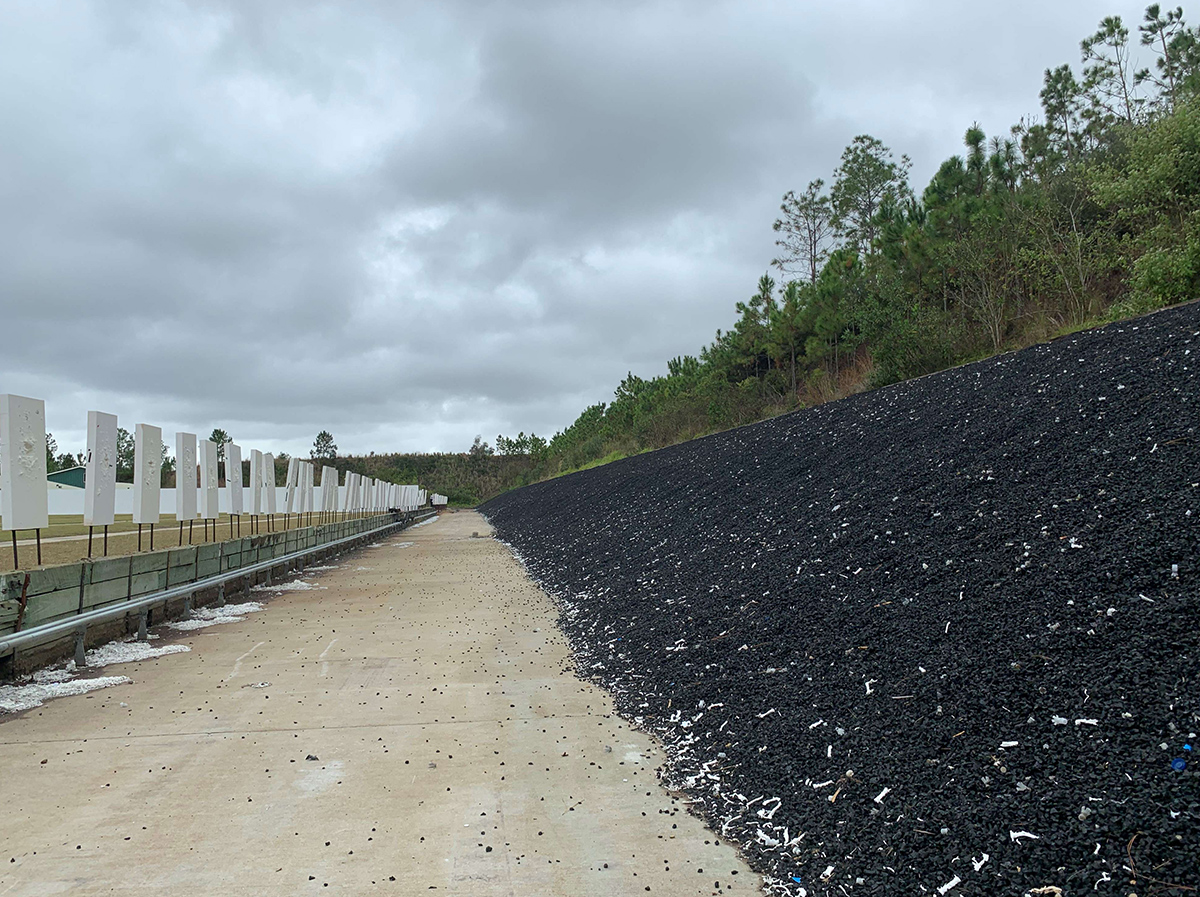Metal Recycling

RECYCLING LEAD
Cleaning up the lead from shooting ranges can have some solid financial benefits. For starters, recycling lead bullets can bring in some extra cash since lead is a valuable material. Also, staying on top of environmental regulations can help avoid hefty fines and legal costs. So, it’s a win-win!
Here’s how it generally works:
- Collection: Spent bullets are collected from the shooting range, often during routine maintenance or specific lead recovery operations.
- Separation: The collected material is sorted to separate the lead bullets from other debris like soil or rubber.
- Cleaning: The lead bullets are cleaned to remove any dirt or other contaminants.
- Containerizing: The clean lead bullets are then placed into containers and prepared for shipping.
- Transportation: The lead is then transported to an recycling facility that is both economically and environmentally beneficial.
- Recycling: The newly formed lead products are then ready to be used again, completing the recycling loop.
Recycling lead not only conserves natural resources but also minimizes the environmental impact of lead mining and reduces the amount of hazardous waste in the environment. It’s a crucial part of sustainable shooting range management!
RECYCLING BRASS
Recycling brass can definitely be a financial boost for shooting ranges. By collecting and selling the spent brass casings, ranges can make some extra cash. Plus, if they reload the brass themselves, they can save money on buying new ammunition.
Collecting brass casings at shooting ranges is usually done by the shooters themselves or by range staff. Sometimes, they use special tools like brass catchers or simply pick them up by hand. Some ranges even have machines that help gather the casings. Once collected, Recoil transports the brass to be sorted and cleaned, getting it ready for recycling or reloading.
